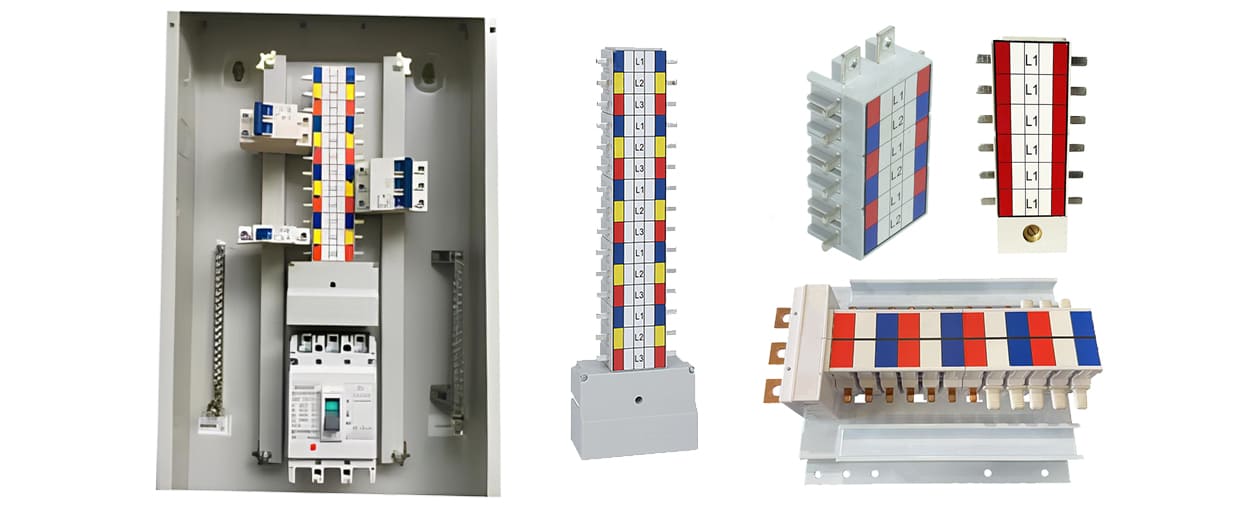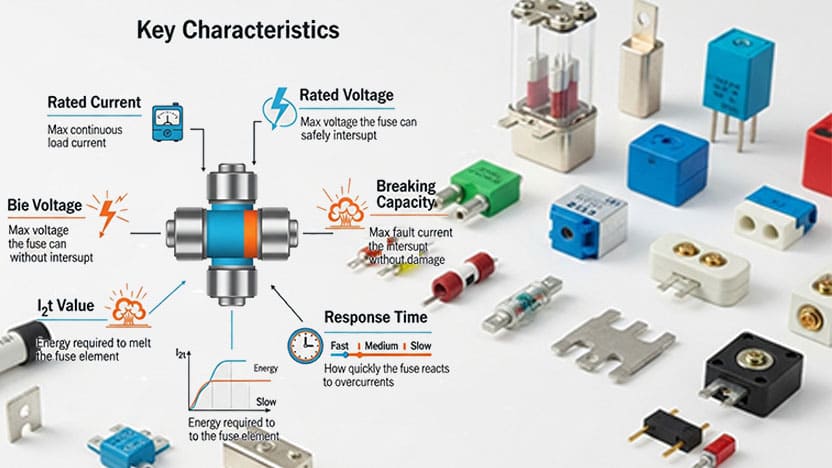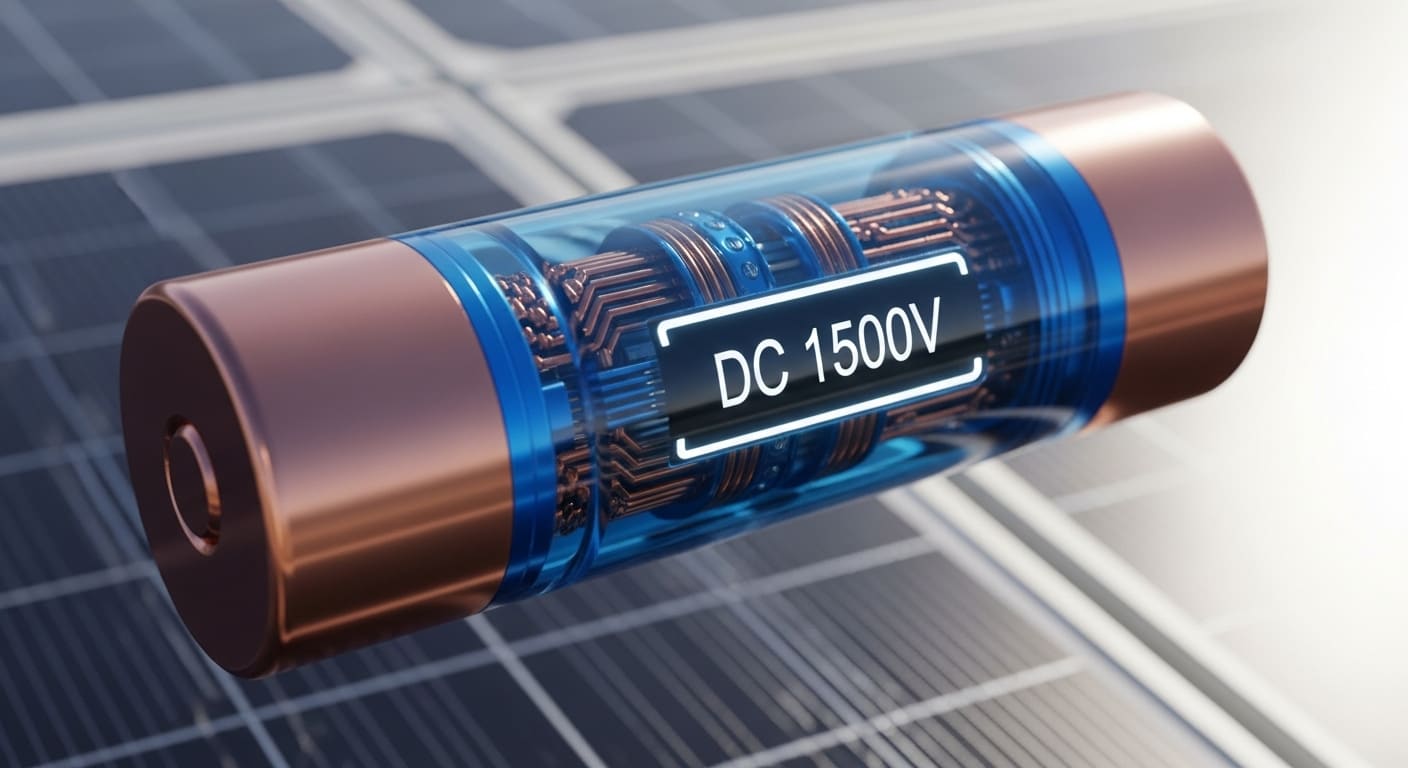A surprising number of installers still use standard AC fuses for solar—risking serious danger without realizing the gaps.
To choose the right photovoltaic fuse1, look at its voltage rating, breaking capacity2, and make sure it meets IEC 60269-63 or UL 25794. Always use fuses designed specifically for PV systems.
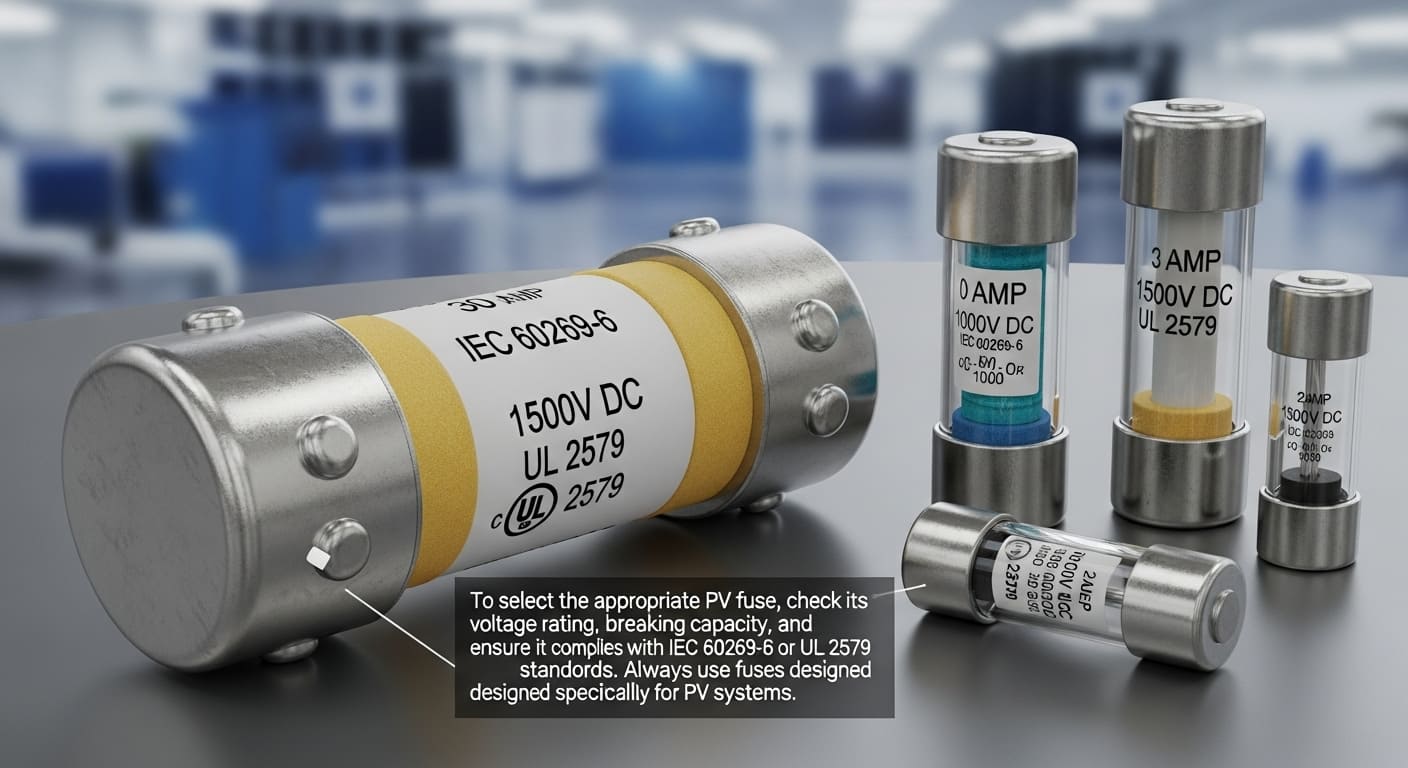
Most people think a fuse is just a fuse, but in solar power, the wrong choice can lead to costly failures or even fire. If you have seen catastrophic PV fuse failures in the field or read about them, you know this is not theoretical. At Fuspan, I work with many integrators who learned this the hard way. If you want to protect your customers, designs, and business, you must adapt your thinking when it comes to fuses in solar applications.
Fuse Code Guide: How to Choose the Right Product?
You can spot the wrong fuse code in the field by its failure to handle high DC voltages5 or its inability to clear a solar arc6—once you know what to look for.
Always select a PV fuse by checking for “gPV” markings, making sure voltage and current ratings match your system, and confirming the fuse meets PV-specific standards.
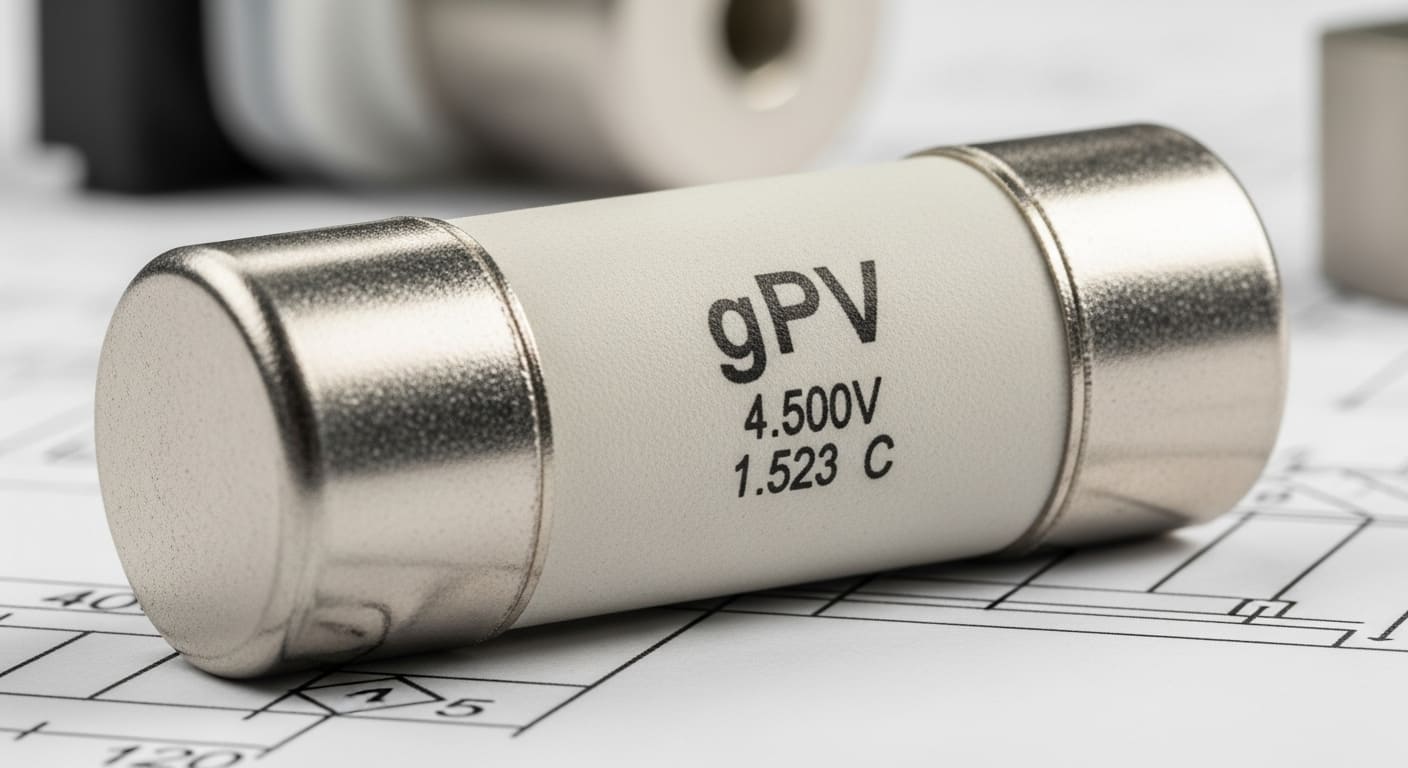
When I started in this field, even experienced engineers would grab fuses from AC stock for quick installs. But the codes matter. “gPV” fuses must interrupt sustained DC faults without arcing. The IEC 60269-6 standard is key: it defines the “gPV” code, a rating for full-range protection in PV environments. Look for the correct current and voltage—PV strings can run 1000V or even 1500V. Also, temperature matters; fuses mounted on sunny surfaces may derate and trip early. Finally, always check breaking capacity. In a large solar farm, current surges can be far higher than the rating found in small industrial panels.
Key Photovoltaic Fuse Code Elements
| Fuse Marking | What It Means | Why It Matters |
|---|---|---|
| gPV | Full-range PV circuit fuse | Clears all PV faults |
| Isc | Short-circuit protection | Protects against surges |
| VDC | Maximum DC voltage | Suits high-voltage PV |
| IEC 60269-6 | PV certification | Ensures PV suitability |
Why Must PV Systems Use Specialized Fuses?
Traditional AC fuses can’t handle PV system risks—they can melt, explode, or fail to clear arcs, leaving dangerous energy trapped in the wires.
Photovoltaic fuses are built for high DC voltage and long fault duration, which standard AC fuses cannot handle safely.
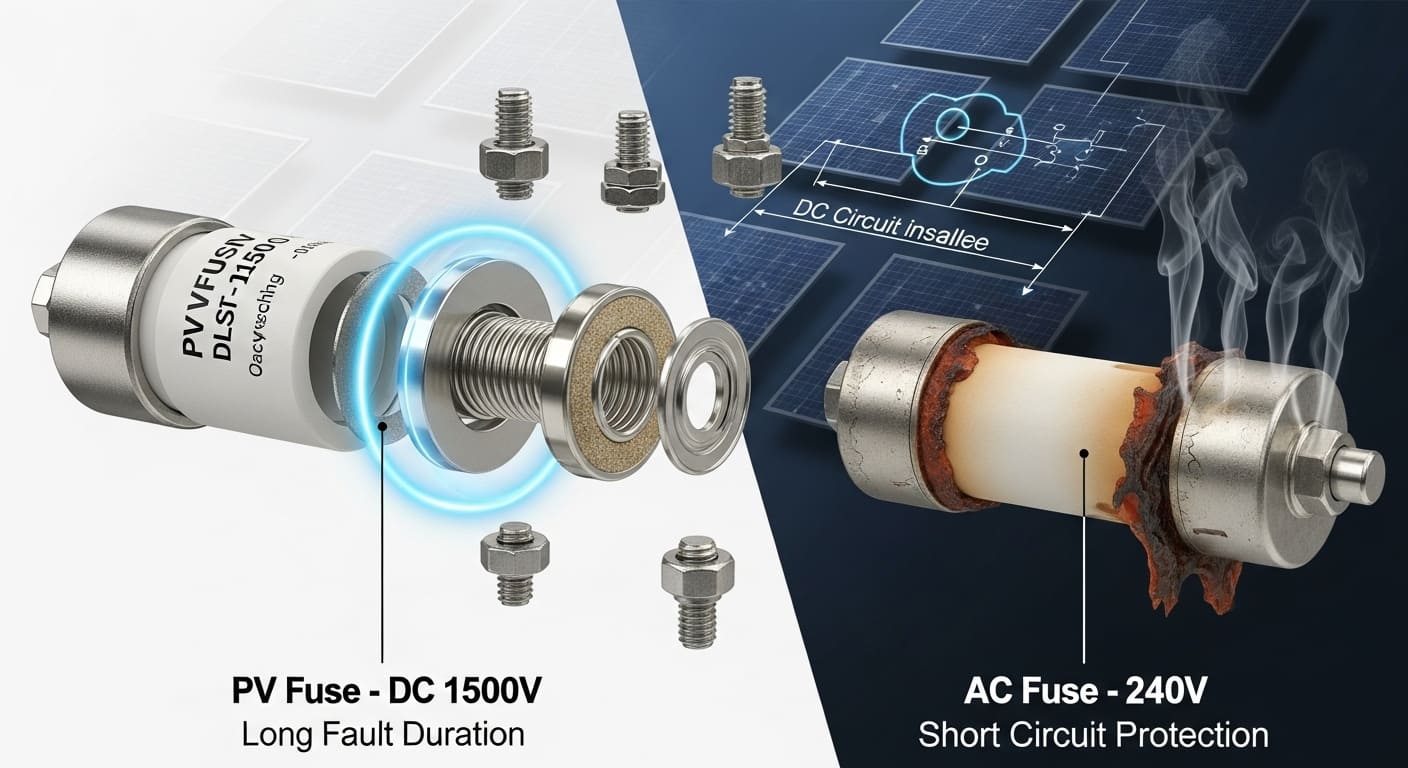
I have personally inspected the aftermath of blown AC fuses in PV systems. Instead of protecting, they worsened the problem—arc flash7, melted copper, and deep black marks on the enclosure. AC fuses rely on voltage zero-crossing, but in DC, the current keeps flowing. This can mean a failed trip or, worse, an endless arc. Specialized PV fuses have longer elements, special fillers, and unique arc-quenching methods. They are tested to safely break up to 1500VDC in fast or slow fault conditions. If you use a general-purpose or NH-type AC fuse in a PV combiner8, you are risking more than just downtime—you are endangering people and equipment.
How PV Fuses Differ from Standard Fuses
| Feature | Standard AC Fuse | PV-Specific Fuse |
|---|---|---|
| Arc Breaking | Relies on zero-cross | Handles continuous DC arc |
| Fuse Body Material | Basic ceramic/glass | High-grade silica/fillers |
| Breaking Capacity | Limited (for AC) | High (for up to 1500VDC) |
| Certification | IEC 60269-1/-2 | IEC 60269-6, UL 2579 |
Main Certification Standards for Photovoltaic Fuses?
You might skip reading the standards, but not knowing IEC 60269-6 or UL 2579 can lead to failed inspections or—in the worst cases—a failed system.
Choose fuses that comply with IEC 60269-6 (global PV standard) and UL 2579 (North America) to ensure safety and compliance.

When I talk with customers who need help after an audit or an accident, missed certifications are often at the root. IEC 60269-6 defines the construction, testing, and performance of “gPV” fuses for both string and array levels. Parameters include tested breaking capacity, maximum permitted voltage, and even how the fuse performs under hot and cold conditions. For any export or international project, IEC compliance is your baseline. In North America, UL 2579 covers similar PV fuse requirements and is often mandatory for utility-scale and residential projects. These certifications are not just for paperwork; they are operational proof under real PV test conditions, including aging, vibration, and extreme fault testing. If your supplier cannot provide certificates, keep looking.
Major PV Fuse Standards
| Region/Country | Standard | What It Covers |
|---|---|---|
| Global/EU/Asia | IEC 60269-6 | PV fuse performance & safety |
| USA/Canada | UL 2579 | PV fuse listing & tests |
| China (domestic projects) | GB/T 13539.6 | Local market requirements |
| Project Export Focus | Multiple (dual) | Both IEC and UL recommended |
Application Scenarios of Photovoltaic Fuses?
Application mistakes often stem from not matching fuse type and size to the actual environment—each PV application has unique needs.
Pick specialized PV fuses for string, array, and combiner box protection in every solar installation, from home rooftops to giant solar farms.
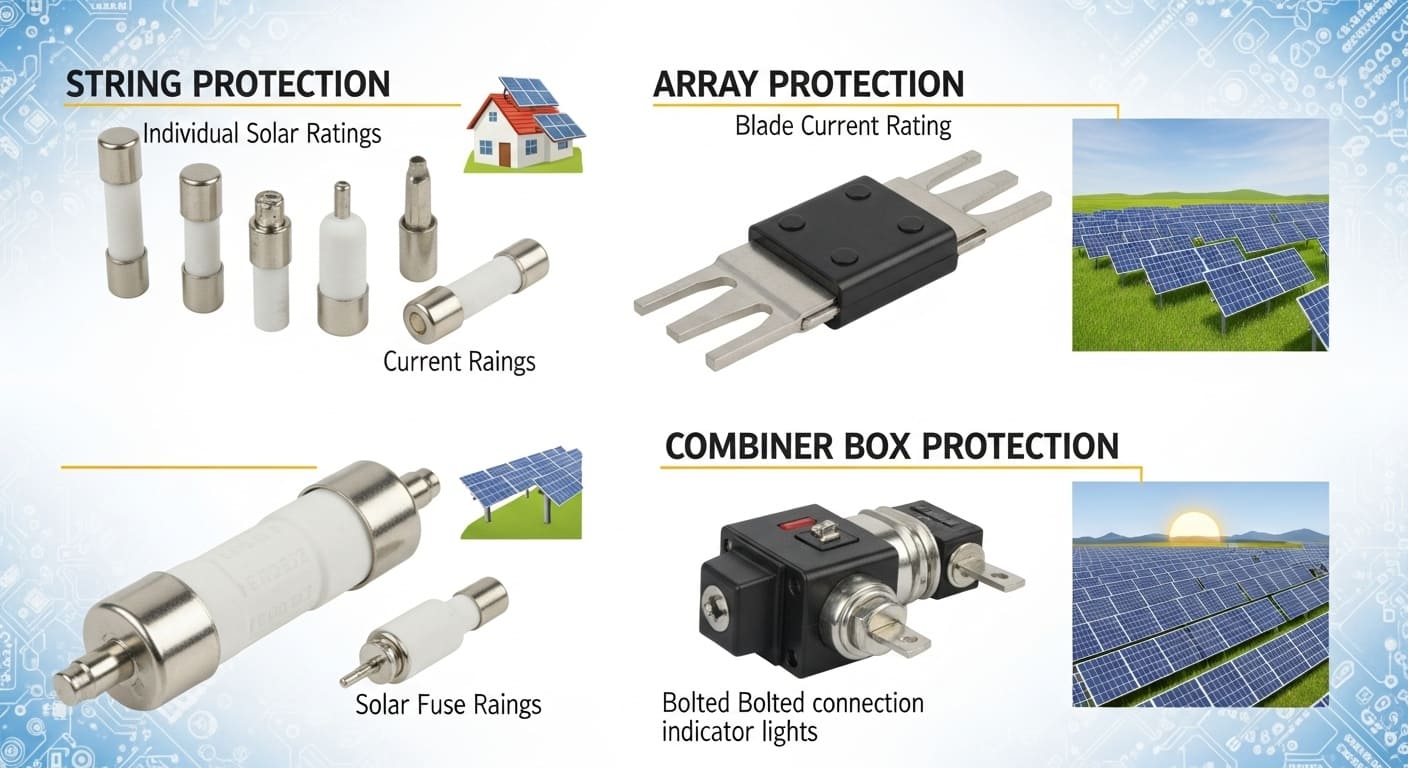
When working with global integrators, I have seen every scenario—small rooftop systems, grid-scale solar farms, and off-grid microgrids. Each scenario involves unique risks and layout challenges. String fuses are typically rated for up to 1000VDC or 1500VDC, placed within modules or combiner boxes. At the array or central inverter level, even larger fuses are needed, often installed in secure panels with additional thermal protection. Outdoor-rated fuse disconnectors and molded fuse bases (such as Fuspan’s vertical designs) help maintain reliability in heat, humidity, or dust-prone environments. It is also vital to consider environmental protection (IP rating9), ampacity, and mechanical robustness. Getting the fuse application right not only avoids nuisance trips but also prevents catastrophic damage to strings, inverters, and lives.
Photovoltaic Fuse Application Table
| Application Scenario | Typical Fuse Used | Special Consideration |
|---|---|---|
| Rooftop PV (residential) | 1000VDC string fuse | Small footprint, quick install |
| Commercial/Industrial PV | 1500VDC array fuse | Modular, high-current |
| Utility-scale Solar | 1500VDC central fuse | Remote tripping, extreme weather |
| Off-grid/Microgrid | gPV fuse/disconnector | Flexible wiring, temperature |
Conclusion
Using the right PV fuse is not optional; it is the foundation of safe and compliant solar system design.
-
Understanding photovoltaic fuses is crucial for ensuring safety and compliance in solar installations. ↩
-
Understanding breaking capacity helps in selecting fuses that can handle surges in solar systems. ↩
-
This standard is essential for ensuring the safety and performance of PV fuses in solar applications. ↩
-
UL 2579 is vital for compliance in North America, ensuring fuses meet safety standards. ↩
-
DC voltages are crucial for understanding the risks and requirements of solar power systems. ↩
-
Understanding solar arcs is key to selecting fuses that can safely interrupt faults. ↩
-
Learning about arc flash can help prevent dangerous situations in solar installations. ↩
-
Understanding PV combiners helps in designing safer and more efficient solar power systems. ↩
-
IP ratings indicate the environmental protection level of fuses, crucial for outdoor installations. ↩

